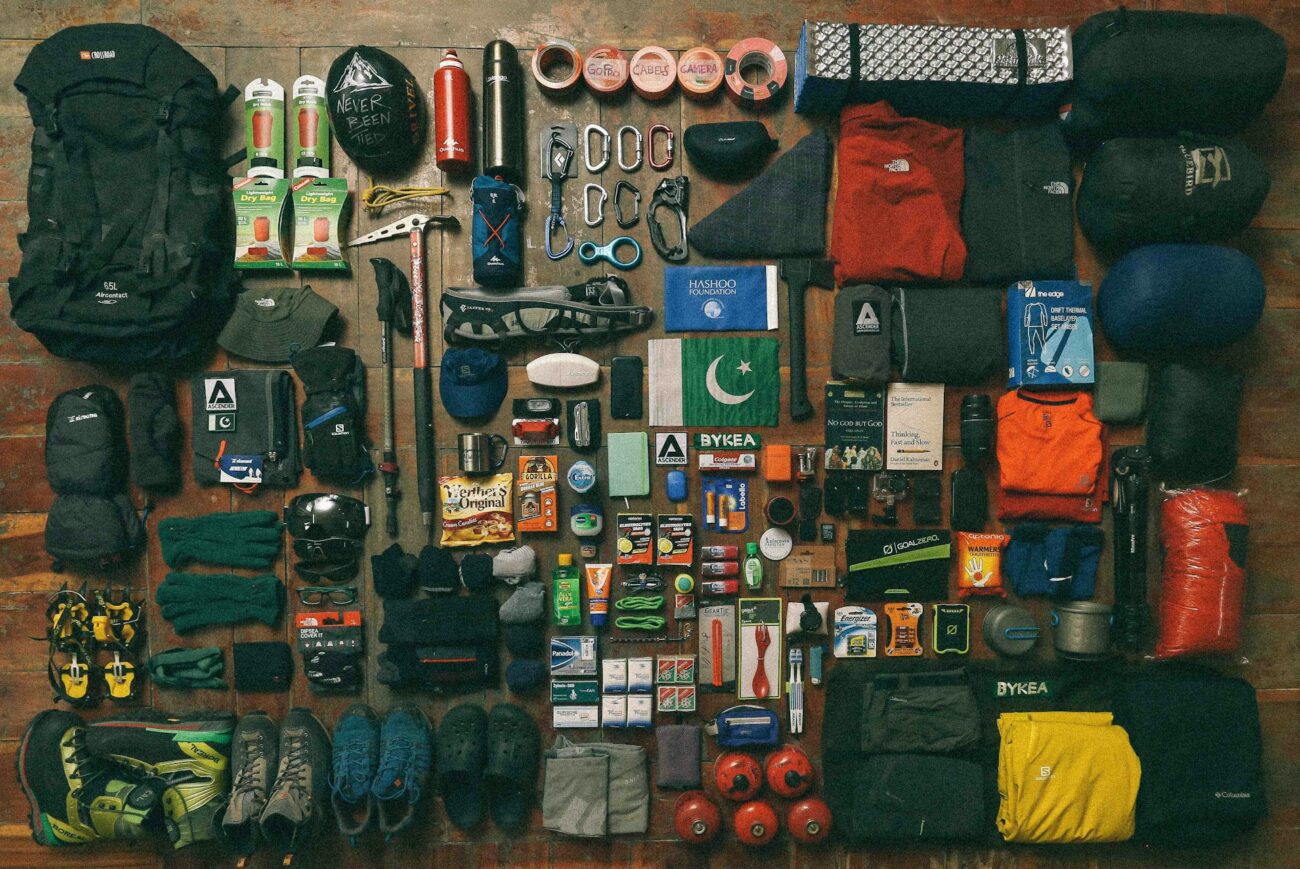When venturing into the wilderness, your survival kit becomes your lifeline—a carefully curated collection of tools and supplies that could mean the difference between life and death. Whether you’re planning an expedition through dense jungle, a trek across arid desert, or a journey through snow-covered mountains, being properly prepared is non-negotiable.
The ultimate survival kit isn’t just about having the right gear; it’s about understanding how to adapt your supplies to specific environments while maintaining a core foundation of essential items. This comprehensive guide will walk you through everything you need to know about assembling a versatile survival kit that can be customized for any terrain, ensuring you’re ready to face whatever challenges nature might throw your way.
Understanding the Survival Priorities
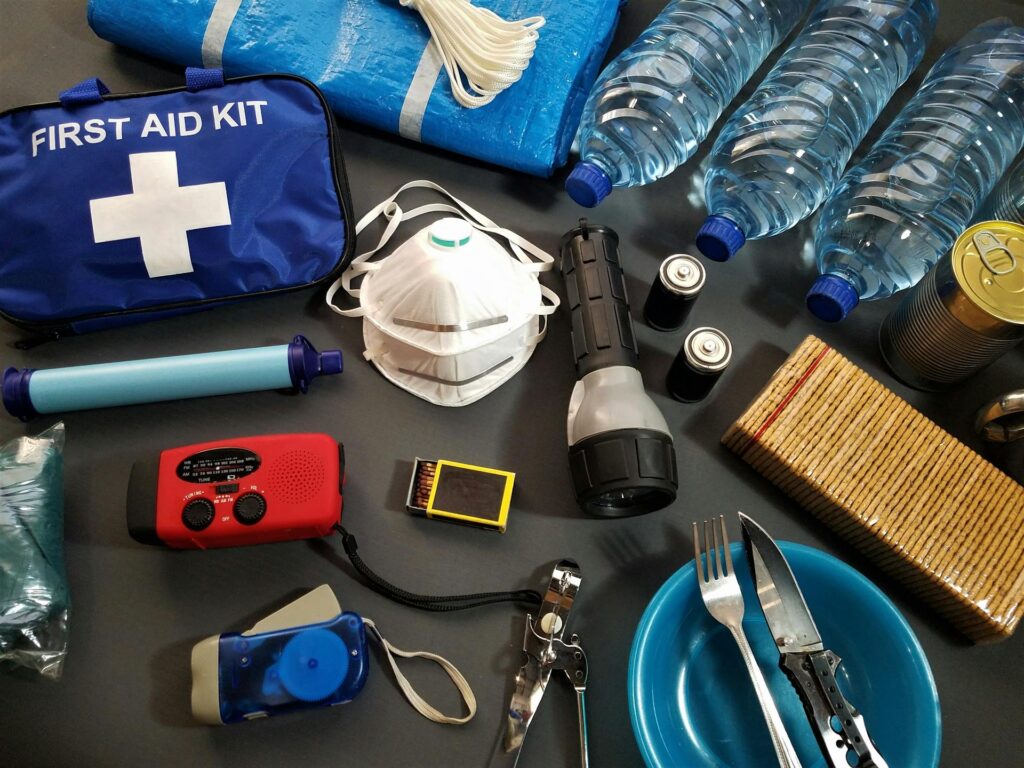
Before assembling any survival kit, it’s crucial to understand the hierarchy of survival needs. The survival rule of threes states that you can survive approximately three minutes without air, three hours without shelter in harsh conditions, three days without water, and three weeks without food. This hierarchy should guide your packing priorities, with immediate life-preserving tools taking precedence.
Temperature regulation tools like emergency blankets become your first priority in cold environments, while water procurement might be your primary concern in desert settings. Your kit should reflect these priorities, with the most critical items being the most accessible and multiple backup options for your most essential needs. Understanding these fundamental principles will help you make split-second decisions when every moment counts.
The Core Components: Items for Every Kit
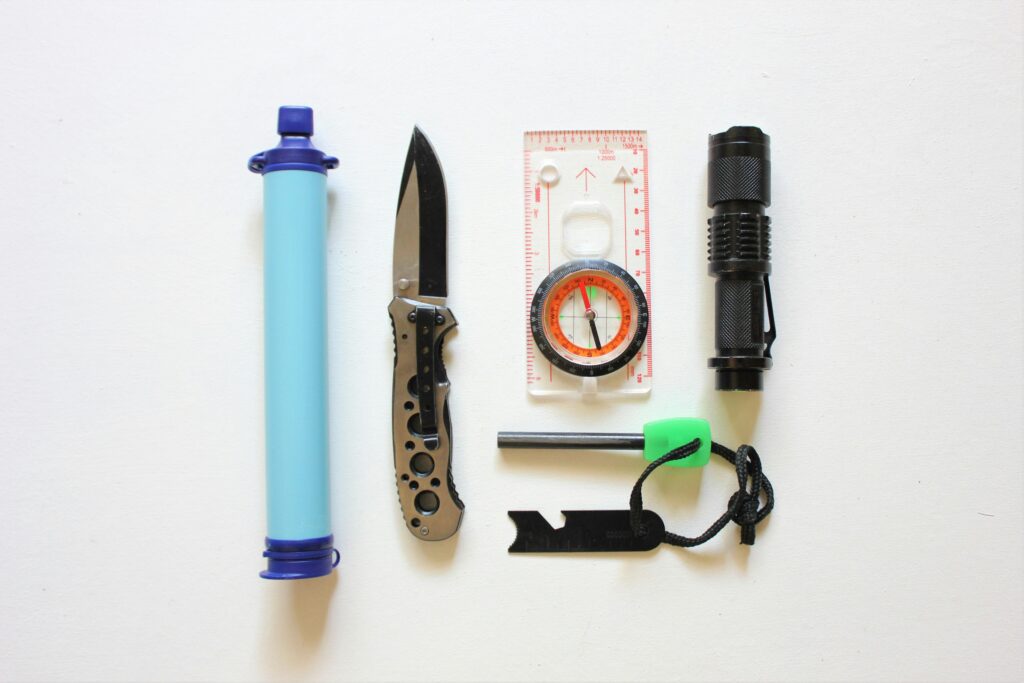
Regardless of your destination, certain survival tools are universal necessities that belong in every kit. A reliable multi-tool with pliers, knife, screwdriver, and can opener functions serves as your primary tool for countless situations. Fire-starting equipment should include waterproof matches, a quality lighter, and a ferrocerium rod as redundant options. Navigation tools such as a compass and detailed topographic maps of your specific region are essential, even if you carry electronic GPS devices.
Communication devices like a whistle for signaling and potentially a satellite messenger for remote locations could be your link to rescue. These core items form the foundation of any survival kit and should be included regardless of the specific environment you’ll be facing.
Water Procurement and Purification
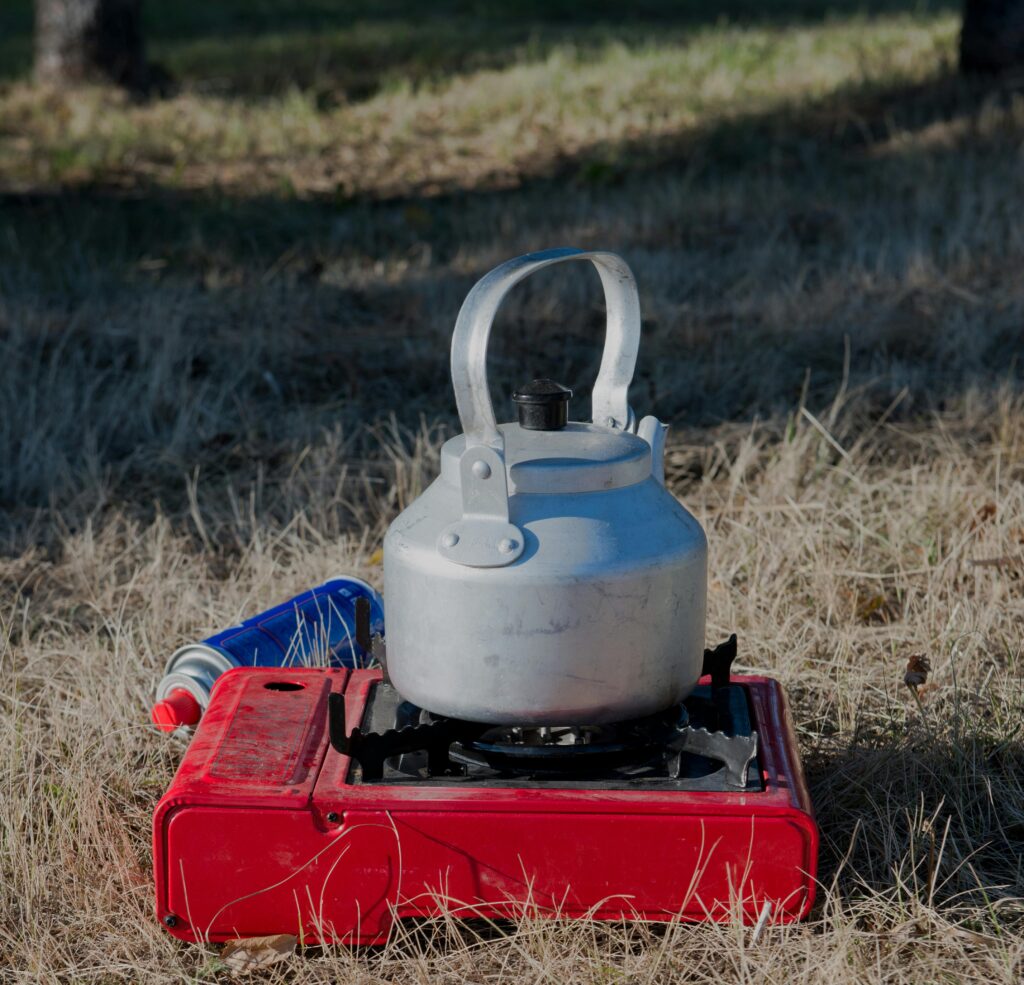
Water is perhaps the most critical resource in any survival situation, making procurement and purification tools essential components of your kit. Carry at least two water containers: a durable bottle for storage and a collapsible option for additional capacity when sources are available. Include multiple purification methods such as chemical tablets, a compact filter system capable of removing bacteria and protozoa, and potentially a UV purifier if weight allows.
For environments where water sources might be scarce, include tools for collection such as a silicone water still for desert environments or water collection bags for rainforest settings. The ability to make contaminated water potable can extend your survival timeline from days to weeks, making these tools worth their weight many times over.
Shelter and Temperature Regulation
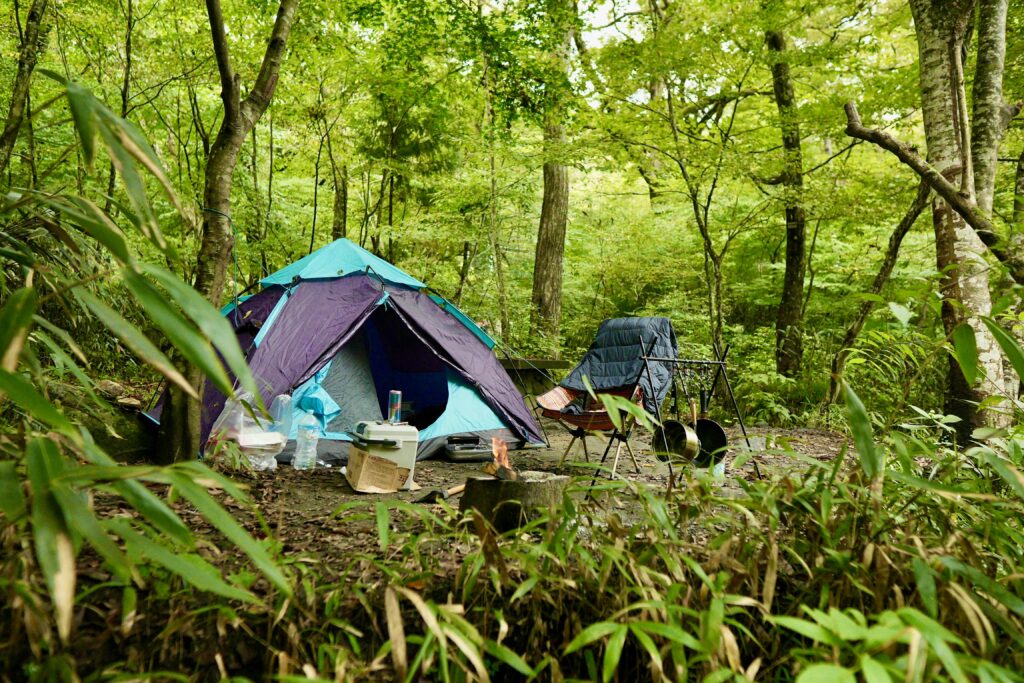
Exposure to extreme temperatures can become life-threatening within hours, making shelter components critical in any comprehensive survival kit. An emergency bivvy or space blanket takes up minimal space but can reflect up to 90% of your body heat, preventing hypothermia in cold conditions. For rainy environments, include a compact tarp or poncho that can be configured into a shelter using cordage.
Carry fire-starting materials in waterproof containers, including tinder such as cotton balls soaked in petroleum jelly that will ignite even in damp conditions. For extreme environments, consider adding chemical heat packs that activate when exposed to air, providing critical warmth when fire-building isn’t possible. These items collectively ensure you can maintain your core body temperature across varying climate conditions.
Food Acquisition and Energy Maintenance
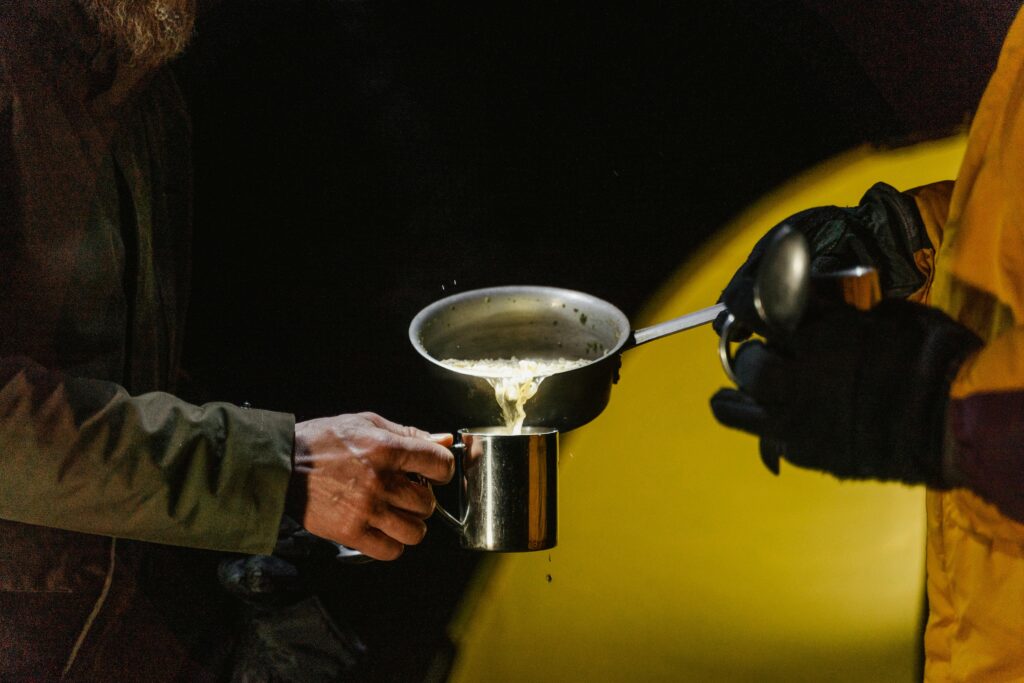
While humans can survive weeks without food, maintaining energy levels is crucial for performing other survival tasks. Your kit should include high-calorie, non-perishable emergency rations specifically designed for survival situations, providing maximum nutrition with minimal weight. Fishing kits with line, hooks, and artificial bait offer renewable food options near water sources. For land-based food procurement, include snare wire that can be fashioned into traps for small game.
Emergency food should emphasize caloric density and long shelf life, with items like pemmican, energy bars, and freeze-dried meals being ideal choices. Remember that in genuine survival situations, your focus should typically be on water, shelter, and signaling rather than hunting, which expends precious energy.
First Aid and Medical Supplies
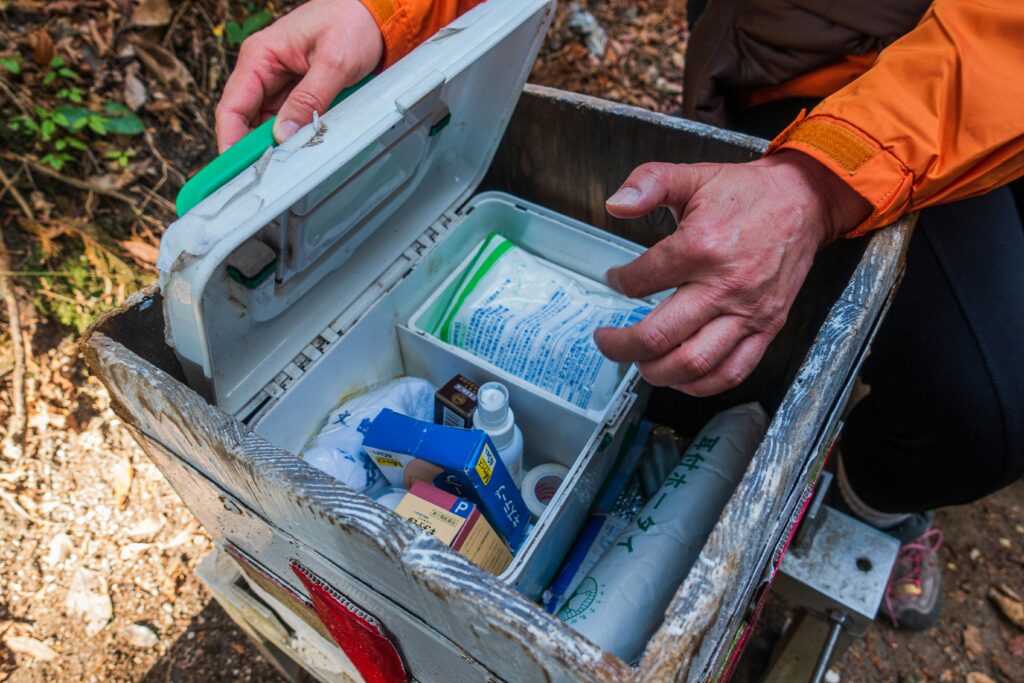
Medical emergencies become exponentially more dangerous in remote settings, making a comprehensive first aid kit essential. Beyond basic supplies like bandages and disinfectant, include items specific to wilderness medicine such as a SAM splint for stabilizing fractures and sprains. Carry medications for pain management, allergic reactions, and any personal prescription medications in waterproof containers.
Include trauma supplies like a tourniquet and hemostatic gauze for controlling severe bleeding, potentially the most immediately life-threatening wilderness injury. Your first aid knowledge is as important as your supplies, so consider taking a wilderness first aid course and carrying a compact medical reference guide in your kit. These preparations could mean the difference between a manageable situation and a life-threatening emergency.
Navigation and Signaling Tools
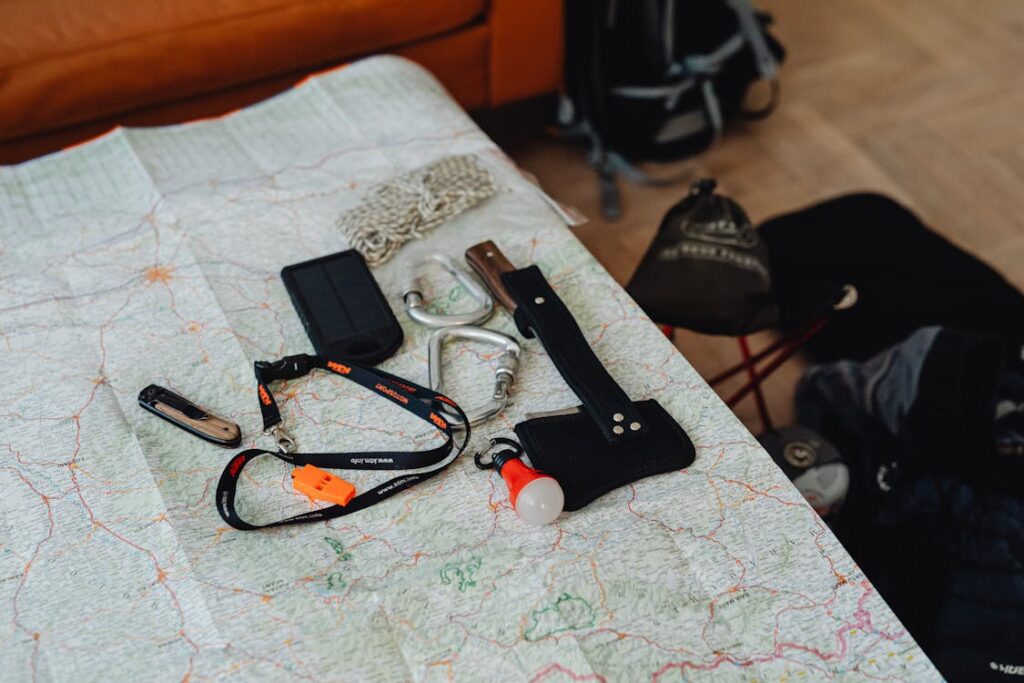
Finding your way and making your presence known to potential rescuers are fundamental survival priorities. Carry redundant navigation tools including a quality compass, topographic maps sealed in waterproof protection, and potentially a GPS device with extra batteries. Signaling equipment should include items visible from air and ground: a signal mirror capable of flashing sunlight for miles, a whistle that carries much farther than the human voice, and bright colored markers or fabric.
For night signaling, include chemical light sticks and potentially a strobe light with dedicated batteries. Navigation and signaling capabilities work hand-in-hand—knowing your location allows you to either self-rescue or communicate your position to search teams, dramatically increasing your chances of survival.
Tools and Equipment for Desert Survival
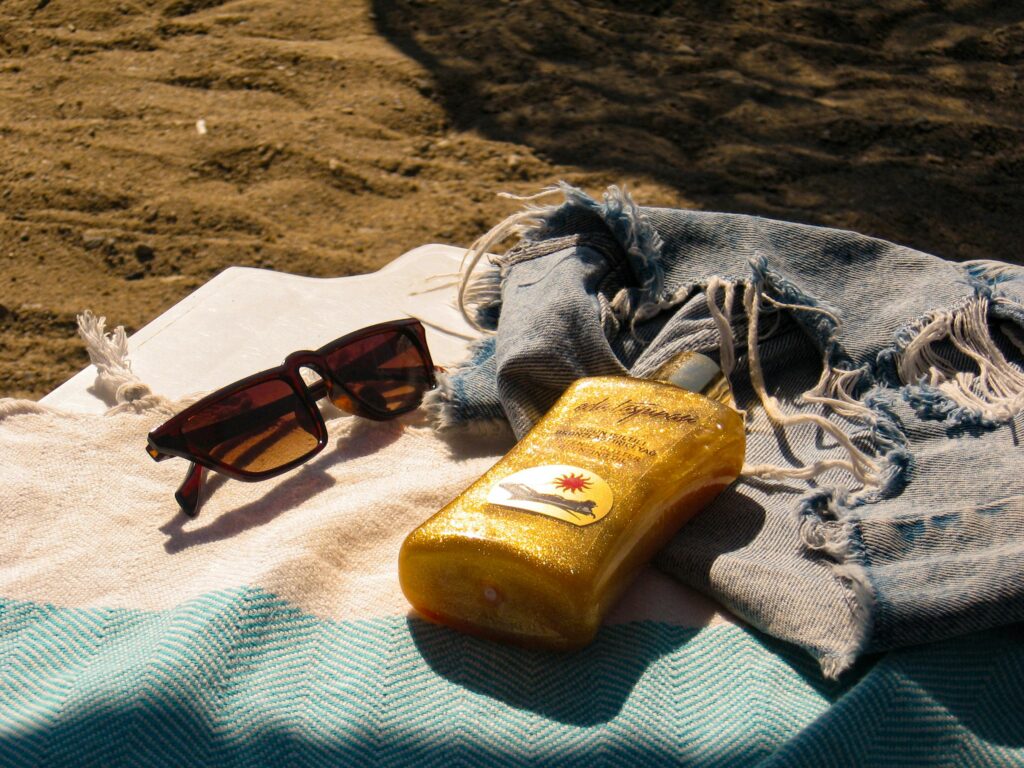
Desert environments present unique challenges centered around extreme temperatures, water scarcity, and often difficult terrain. For desert kits, prioritize extra water capacity and collection tools like solar stills that can extract moisture from the ground. Sun protection becomes critical, so include a broad-brimmed hat, high-SPF sunscreen, and protective clothing that covers exposed skin.
Navigation becomes particularly important in featureless desert landscapes, so consider including a more advanced GPS unit with satellite communication capabilities. Desert travelers should also carry specialized tools like aluminum trekking poles that can serve double duty as tent supports while reducing exertion during walking. The desert’s extreme temperature fluctuations require both cooling strategies for day and insulation for surprisingly cold nights, making your kit more specialized than many expect.
Forest and Jungle Survival Adaptations
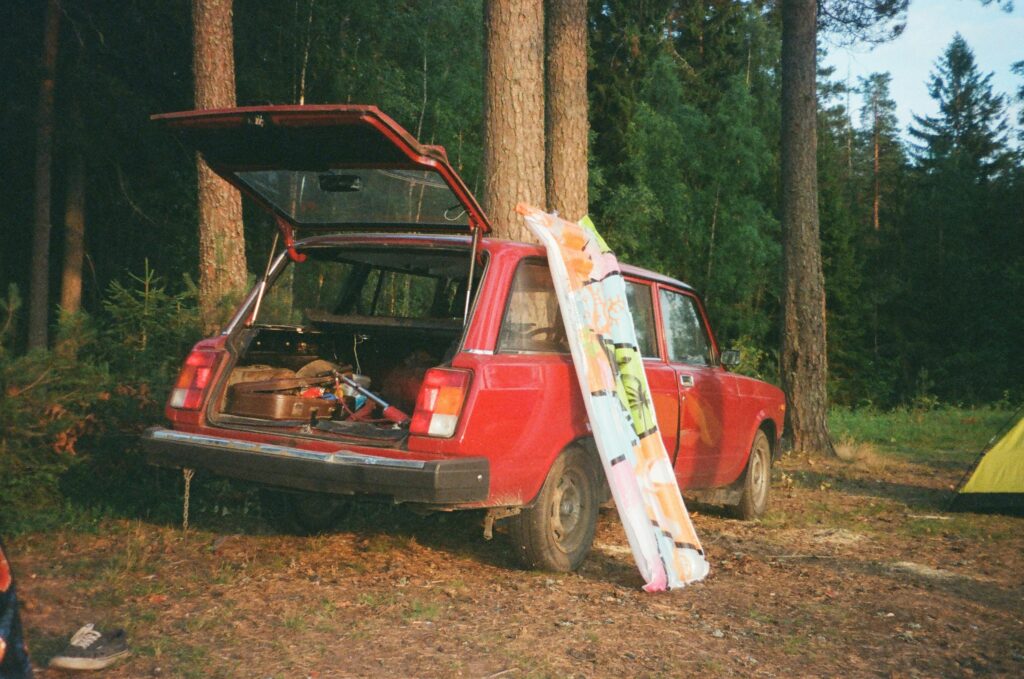
Dense forests and jungles offer abundant resources but present challenges related to navigation, insects, and moisture. For these environments, include a quality machete or compact folding saw for clearing paths and building shelters from abundant vegetation. Insect protection becomes critical, so pack concentrated DEET repellent and potentially a mosquito head net to prevent disease transmission and maddening discomfort.
Waterproofing becomes essential in humid environments, so use multiple layers of protection for critical items and consider silicone-treated dry bags for electronics and fire-starting materials. Include anti-fungal powder to prevent trench foot and other moisture-related conditions that can develop quickly in consistently wet conditions. The abundance of resources in these environments means your kit can focus more on tools to utilize available materials rather than carrying everything you might need.
Mountain and Alpine Kit Considerations
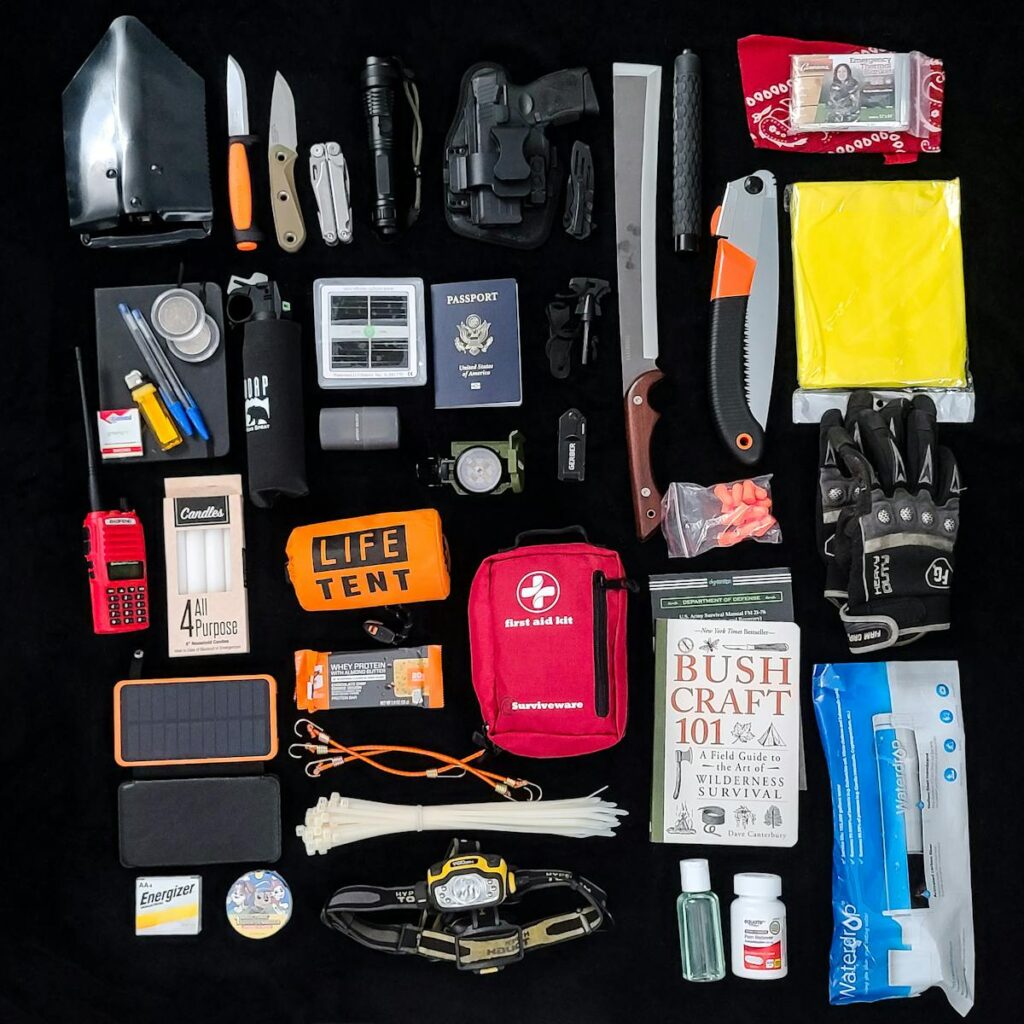
High-altitude environments combine cold temperatures with reduced oxygen, creating unique survival challenges. For mountain kits, emphasize layered clothing systems that can adapt to rapidly changing conditions, including moisture-wicking base layers and waterproof outer shells. Cold-specific first aid supplies should include chemical heat packs and emergency blankets with higher reflective properties. Navigation tools should include altimeters to help prevent altitude sickness by monitoring ascent rates.
Avalanche safety tools might be necessary depending on the season and location, including a compact avalanche probe and knowledge of snow assessment. The combination of cold, wind, and potential precipitation in mountain environments makes your shelter system particularly important, potentially justifying the added weight of a more substantial emergency tent rather than just a simple tarp or bivvy.
Coastal and Maritime Survival Equipment

Survival near oceans or large bodies of water presents the dual challenges of potential immersion and the salt environment that can damage equipment. For coastal kits, include water-resistant signaling devices specifically designed for maritime visibility, such as orange smoke flares or water-activated strobe lights. Waterproof containers become even more critical, with roll-top dry bags providing excellent protection for electronic devices and fire-starting materials.
Consider adding basic fishing equipment that can provide a sustainable food source in these environments. Include electrolyte replacement packets to combat dehydration that can result from consuming saltwater fish without adequate fresh water. Coastal survival often offers more rescue opportunities than inland locations, making your signaling equipment particularly important in these environments.
Weight Optimization and Kit Organization
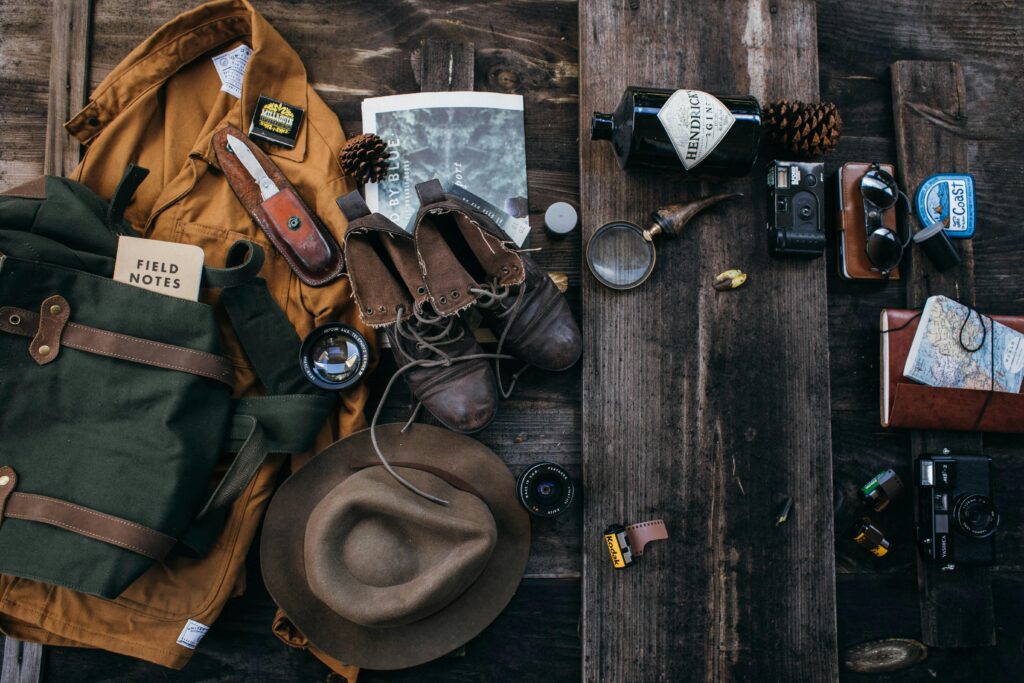
Even the most comprehensive survival kit becomes useless if it’s too heavy to carry or too disorganized to use effectively. Organize your kit in clear categories using color-coded waterproof bags, ensuring you can quickly locate specific items even in low-light conditions or stressful situations. Distribute weight logically, keeping the heaviest items centered and close to your back if using a backpack.
Consider the multi-functionality of each item; for example, select tools that serve multiple purposes rather than carrying single-use items. Regularly review and update your kit, removing unnecessary items and replacing expired supplies like medications or batteries. The most effective survival kit strikes the perfect balance between comprehensive preparation and practical portability, allowing you to carry it consistently rather than leaving it behind due to weight concerns.
Testing and Familiarity: The Hidden Component
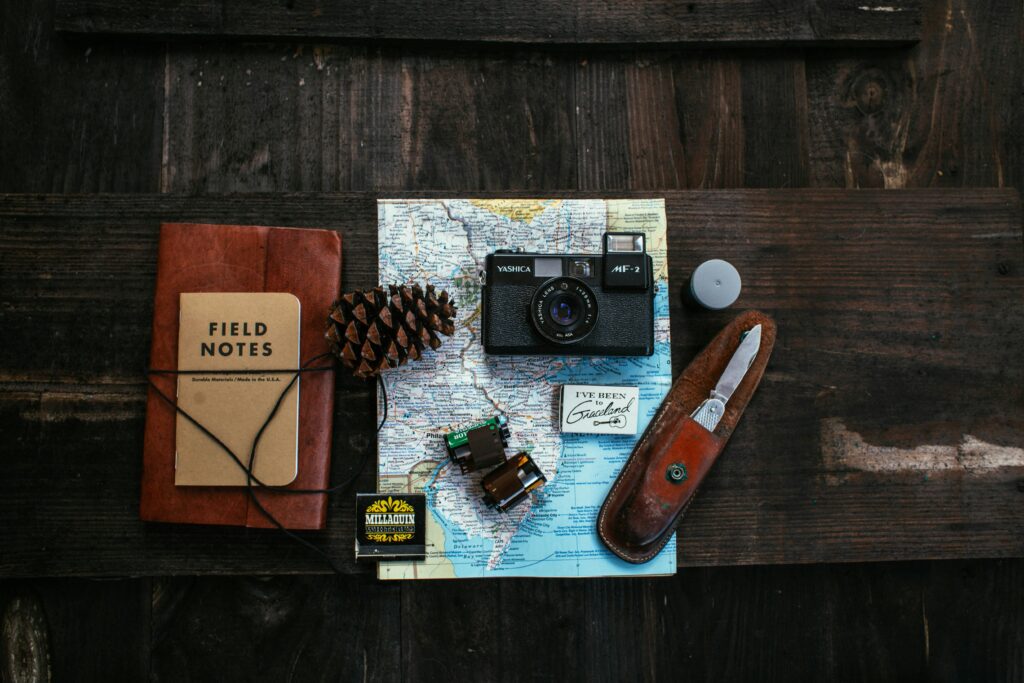
Perhaps the most overlooked aspect of survival kit preparation is becoming intimately familiar with your equipment before you need it in an emergency. Schedule regular practice sessions where you use each component of your kit in controlled conditions, from starting fires with your ferrocerium rod to setting up your emergency shelter in adverse weather. Document expiration dates for perishable items and set calendar reminders for replacement.
Consider conducting a 24-hour simulation where you rely entirely on your kit, identifying weaknesses or missing components. This practical experience transforms theoretical knowledge into muscle memory, ensuring you can operate your equipment efficiently even under the stress of a genuine emergency. Remember that the most valuable component of any survival situation is the knowledge and experience you carry in your mind, which weighs nothing but could save your life.
Conclusion
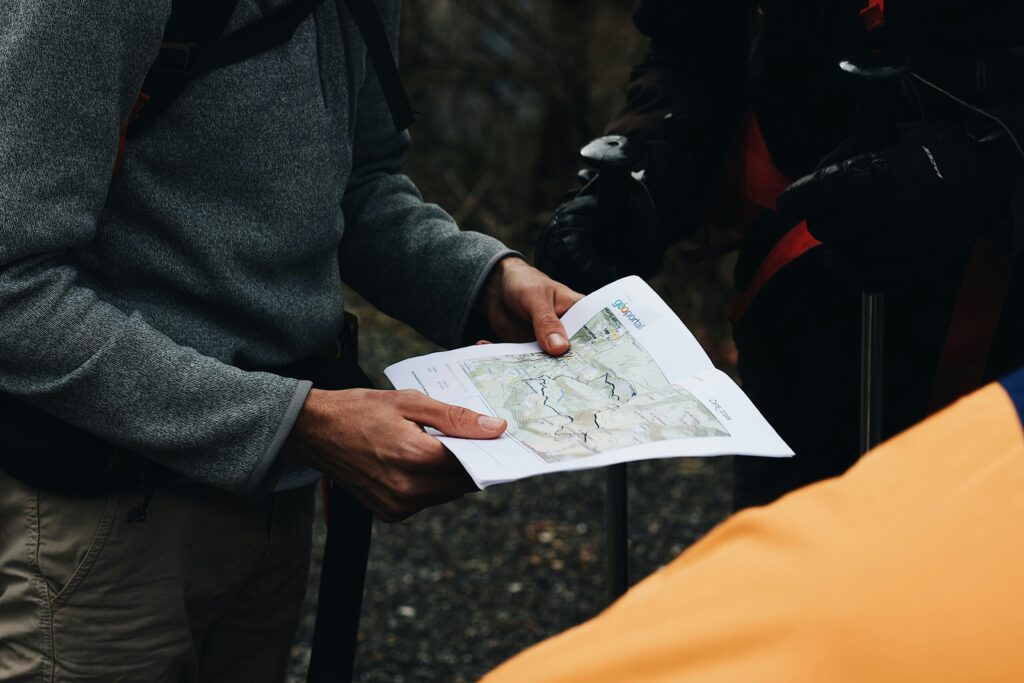
The ultimate survival kit isn’t just a collection of gear—it’s a thoughtfully designed system that adapts to your environment while providing solutions to your most critical needs. By understanding survival priorities, selecting appropriate multi-purpose tools, and customizing your kit for specific terrains, you create not just emergency preparedness but peace of mind.
Remember that your most important survival tool is your knowledge—invest time in learning survival skills alongside assembling your physical kit. With proper preparation, you transform potential emergencies into manageable challenges, ensuring that wherever your adventures take you, you’re ready to face whatever comes your way.

